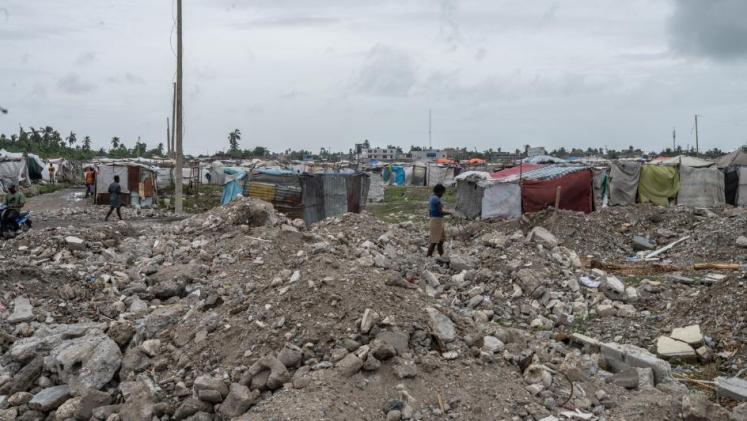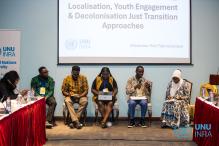Here are five reasons that challenge the notion of disasters as natural occurrences.
Humans have an influence on disaster impacts
Contrary to popular belief, natural hazards alone do not result in disasters. When they intersect with human activities and vulnerable assets, these hazards turn into catastrophic events. The United Nations Office for Disaster Risk Reduction (UNDRR) emphasizes that human actions such as deforestation, urbanization and inadequate infrastructure worsen the impacts of events like floods, earthquakes and storms. For instance, building in flood-prone areas increases the vulnerability to floods, transforming a manageable hazard into a possible devastating disaster for communities settled close to rivers.
Social vulnerability influences communities’ resilience to natural hazards
Disasters do not affect all communities evenly, with social vulnerability – shaped by poverty, inequality and marginalization – playing a crucial role in determining resilience to natural hazards. Marginalized groups often bear the brunt of disasters due to limited access to resources and information. They are often forced to settle in the least advantaged locations as those might be the only available or affordable ones. For instance, the Interconnected Disaster Risks report 2021/2022 highlights how after the 2021 earthquake in Haiti, impacts like the loss of life and devastation were worsened by inadequate housing conditions and widespread poverty, underscoring the role of social vulnerability in shaping disaster outcomes.
Climate change intensifies disaster risks
The escalating impacts of climate change further blur the line between natural hazards and human-induced disasters. Climate variability, increasing temperatures, shifting precipitation patterns and rising sea levels contribute to the frequency and intensity of extreme weather events. For example, hurricane Ida, that dumped record rainfall on New York in 2021 and caused over $75 billion in damages, was made more intense by warm ocean waters. By acknowledging the role of human-induced climate change, policymakers can better prioritize adaptation and mitigation efforts to reduce disaster risk.
The most vulnerable are often most at risk from disasters
People’s jobs, incomes or access to social protection benefits like insurance can help to prepare for, cope with and recover from disasters. Without, one is left vulnerable and at risk, such as those living in informal urban settlements. Recognizing their losses and damages when disasters strike, including by giving them access to the recently established Loss & Damage Fund, could lower their risk levels.
Just as human actions can cause disasters, they can also prevent them
Ultimately, disasters do not occur in isolation from human influence. The decisions and behaviours of individuals and societies significantly shape the magnitude and impact of hazards. Rather than despair, this is a cause for hope. By changing our behaviours and actions, we can directly make a positive influence to prevent hazards from turning into disasters or minimize disaster impacts. Understanding why disasters occur in the first place helps in creating strategies to address their root causes and identifying long-term solutions.


